An explainer on who's behind the Traditionalist Worker Party, the fate of LA's oldest Japanese newspaper Rafu Shimpo, and ther work of LA architect Barbara Bestor
The Traditionalist Worker Party: 3 facts you probably didn't know
At least 10 people were injured — some stabbed — at a neo-Nazi rally in Sacramento on Sunday. Violence broke out when members of the white nationalist group Traditionalist Worker Party and counter protestors clashed in California's capital.
The Traditionalist Worker Party received a permit to gather on the west steps of the Capitol building. They said the rally was designed to assist supporters of the presumptive Republican nominee, Donald Trump.
But who is this group, exactly? To find out, Ryan Lenz, editor of the Hate Watch blog at the Southern Poverty Law Center, joined host A Martinez.
Where does the Traditionalist Worker Party come from?
The Traditionalist Worker Party belongs to a larger group called the Traditionalist Youth Network, which Lenz describes as "a nation-wide network of young, politically-motivated, white nationalists."
Who leads the Traditionalist Youth Network?
His name is Matthew Heimbach, and he "is the young face of hate in America today," Lenz said. "He has been active on the radical right for a number of years. He began his activism as a college student in Maryland, where he started a white student union, and he was made famous for these chalkings that he put on the sidewalk, saying like 'white pride,' or 'white guilt is over.'"
What do these groups believe?
They're rooted in the idea of ethno-nationalism, which seeks a living space for white people that is separate from other groups. They base their way of thinking in love — as in, "'we love our own people more than we like everyone else,'" Lenz said.
To listen to the full interview, click on the blue audio player above.
The history, sentiment and feasibility of isolationism
Since last week's vote for Britain to exit the European Union, many are searching for just what motivated people to chose "LEAVE".
Some say that this decision indicates a growing wave of isolationism - a desire to place a greater focus on the needs of the home country over entanglements with those abroad.
In the U.S., presumptive Republican nominee Donald Trump has used the phrase "America First" to express his foreign policy platform -- as he put it:
"We will no longer surrender this country or its people to the false song of globalism,"
Is that realistic thinking in today's political framework?
To find out more, Take Two's Libby Denkmann spoke with two guests:
First, Richard Burt. He's a former U.S. Ambassador to Germany and one of several experts who advised Trump's "America First" speech. He'll discuss what Trump was getting at with the phrase of "America First," despite the heavy historical baggage that those words hold
Next, Ian Bremmer, author and the president of the political risk research firm, Eurasia Group. He explains whether or not Trump's stated foreign policy is truly indicative of isolationism.
Audio coming soon
LA's oldest Japanese paper, Rafu Shimpo, warns of closure after a century
For more than a century, Rafu Shimpo has been the leading paper for the Japanese community in Los Angeles, operating through landmark moments in history and surviving closure during World War II. But the paper, founded in 1903, is in danger of shutting down by the end of the year, say publishers who blame declining subscribers and mounting costs.
But they are taking steps they hope will turn things around, including launching a
to broaden the paper's appeal to new readers and marshaling support online with the hashtag campaign #OurHistoryYourRafu.

"The only time the paper wasn't printing was when it was forced to close during World War II," said Gwen Muranaka, English editor in chief at Rafu Shimpo. During that time, its publisher and staff were sent to internment camps, like many in the Japanese American community, she said.
Today, in order to stay open, said Muranaka, the paper will have to broaden its appeal to the younger generation of Japanese Americans, many of whom have moved away from the cultural and historical center of Little Tokyo.
"The challenge is to find these folks and to create content this is really going to resonate with them," said Muranaka. "I think it's going to be a little different than what we've been doing in the past."
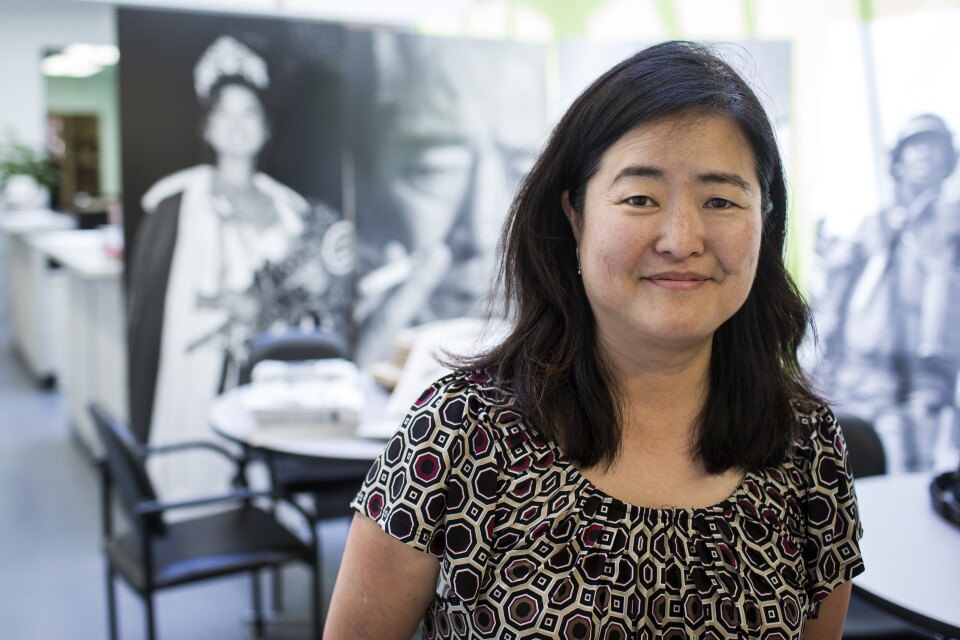
The loss of Rafu Shimpu, and other ethnic media outlets like it, could be a big loss for ethnic communities, said Odette Alcazaren-Keeley with New America Media.
"It's the ethnic small businesses that are the lifeline, the lifeblood of ethnic media and it's a synergy," said Alcazaren-Keeley. "Ethnic media also provide that life support and sustain and expand the growth of ethnic small businesses."
On the Lot: effect of Brexit on Hollywood and the Academy elections
Every week we get the latest news coming out of Hollywood, its our weekly segment, "On the Lot," with Rebecca Keegan of the Los Angeles Times.
Here are the topics we hit:
A look at the weekend's box office hits and misses. One hint, aliens are involved.
But did Independence Day: Resurgence do better than the original?
Plus, the impact Brexit will have on the entertainment industry. It could benefit big Hollywood studios shooting in the UK and hurt independent British producers.
And the film Academy is voting to elect a new board this week -- it's the group's first elections since the #OscarsSoWhite controversy blew up.
To hear what Rebecca has to say about all of this, click on the blue player above.
In the face of Erskine Fire, Kern County man leaves all he has behind
A massive wildfire in Kern County continued to burn Monday.
The Erskine Fire is 40 percent contained but has claimed the lives of two people and destroyed at least 250 structures.
Residents evacuated from the area have been moved to shelters nearby. One such person is Robert Larsen; he left his trailer on Thursday along with his dogs.
Larsen shared his thoughts with Take Two from a Red Cross shelter.
Press the blue play button above to hear Robert Larsen's story.
Reporter Shane Bauer's 4 months as a prison guard for Mother Jones
In 2014 Mother Jones senior reporter Shane Bauer did something that the magazine had never attempted with one it's writers: he went undercover as a corrections officer at a Louisiana prison.
Here's a link to the article. The prison is a for-profit institution, run by the Corrections Corporation of America, in the Winn Correctional Center in Winnfield, Louisiana.
CCA is the country's second-largest private prison company. Bauer wrote about his experience and the changes taking place in that sector.
Here's a video created by Mother Jones about his report:
Bauer's investigation is also the subject of the latest episode of the podcast Reveal from The Center for Investigative Reporting and PRX, and SCPR will begin airing Reveal every Monday at 9:00 PM.
Bauer spoke with Take Two. To hear the whole interview, click on the blue player above.
Architect Barbara Bestor’s latest project: Jamba Juice in Old Pasadena
Jamba Juice habitué of Old Town Pasadena rejoice; your nectar nook has returned, and it’s likely the most aesthetically pleasing juice joint for miles around.
The newly expanded Jamba Juice has been dubbed the “Innovation Bar” by its operators. The purveyors hope that the traditional smoothies, cold-pressed juices, and nut milk will bring people in, but the unique design will entice them to stick around.
The chic space is the brainchild of architect Barbara Bestor, whose previous work includes Intelligentsia Coffee in Silver Lake and the Beats Electronics Headquarters in Culver City.
Bestor opened her firm more than 20 years ago. Their operating principle? "Everyone should experience strange beauty every day."
Take Two's Alex Cohen recently caught up with Bestor to talk about Jamba Juice and her other projects across LA.
We're sitting right now in one of your latest projects... It is a rebooted Jamba Juice... an "Innovation Bar" is what they're calling it. Can you give us visually the before and after here?
Well, before this was two stores. It was a Jamba Juice and a Baskin Robins and the idea was to really try out some new ideas for the future for this company, which had actually started as a small surfer's juice bar in Santa Cruz way back. The idea was to try out a way of using that product, creating more of a community space in this city.

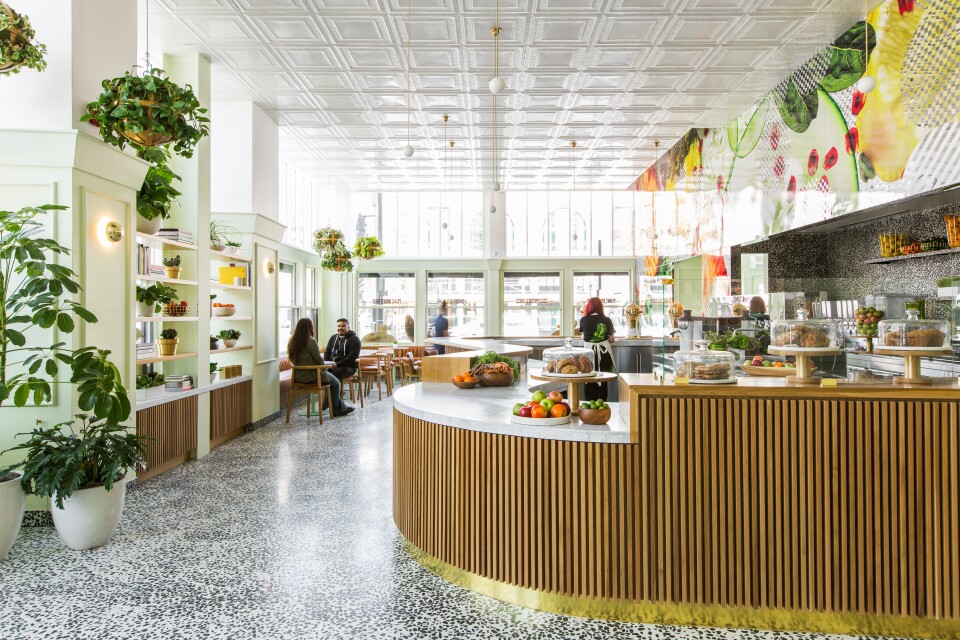
Usually, you go to these fast casual things and you're in and out in a minute... In this place, the idea was to create a bunch of seating, WiFi, a tasting bar, also to kind of reacquaint the customers with the roots of the company in real juice... so it's this kind of experiment...
You've done the Intelligencia Coffee in Silverlake, the Beats factory in Culver City... What are some of the key [factors] that you keep in mind when your client is a business, and you need a comfortable space like a home, but there also needs to be a business in operation?
In all of the commercial projects that we do, the reason that we do them and the reason that we probably get hired to do them is that we are interested in this idea of making a joyous space for everyday activities...
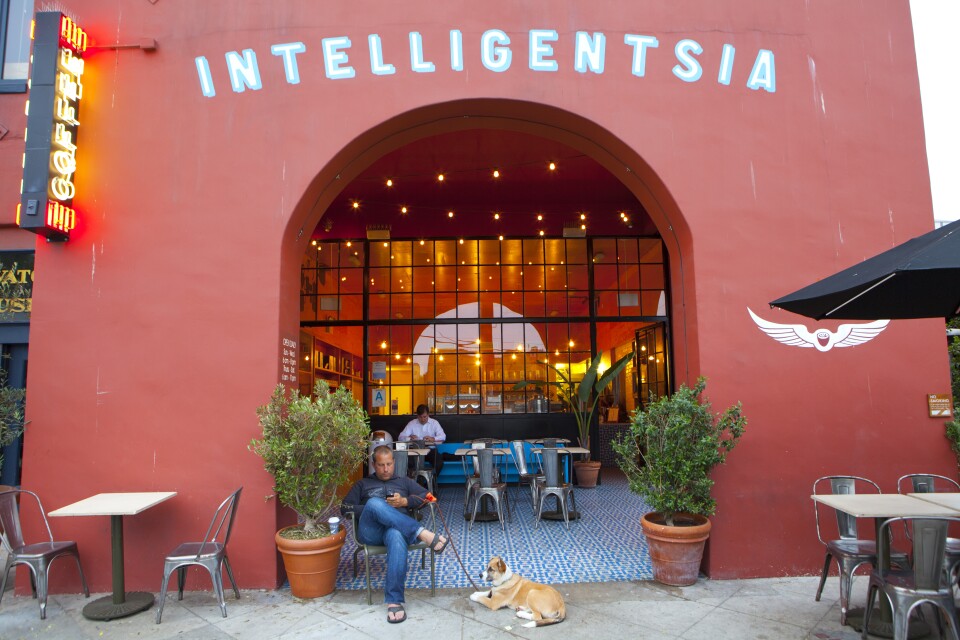
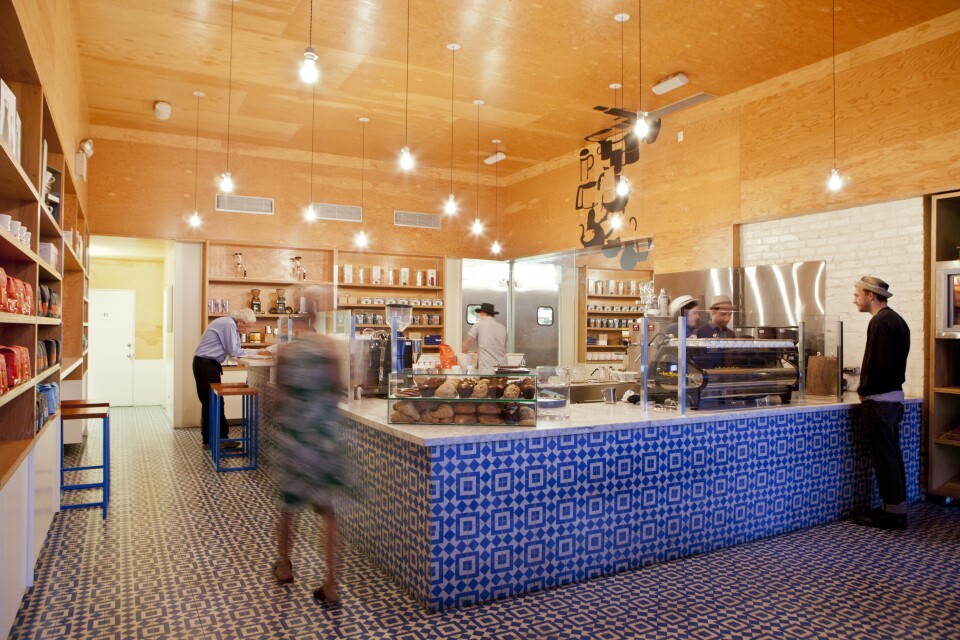
It's not so much about the brand name being reinforced everywhere as much as it is to provide this urban amenity living room... At Beats, we had five or six-hundred people. It's like a city. So what are the spaces that you provide where you aren't actually working? Where do you go hang out? Where do you talk to your friends? Where do you have meetings? All those kind of spaces we work on twice — almost — twice as hard, because those are the spaces that create a sense of joy in your daily activity...

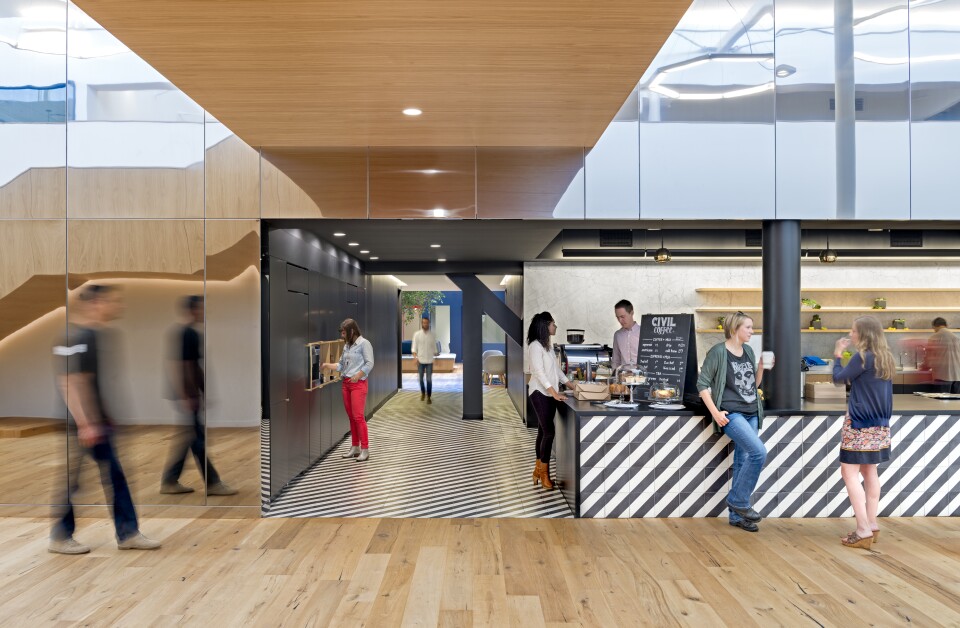
Press the blue play button above to hear the full interview.
Can LA compete with San Francisco for the Lucas Museum?
Filmmaker George Lucas wants to open his own museum, but seems the force is not in Chicago.
The Lucas Museum of Narrative Art has announced they're not moving forward with plans to open in the Windy City. Instead, they're bringing the idea back to California. Plans for the museum were originally set for San Francisco, but L.A. is now in the running.
David Ng, entertainment reporter at the LA Times, joined the show to tell more about how L.A. can compete with San Francisco, and reaction from L.A.'s art scene.
To listen to the full interview, click on the blue audio player above.




